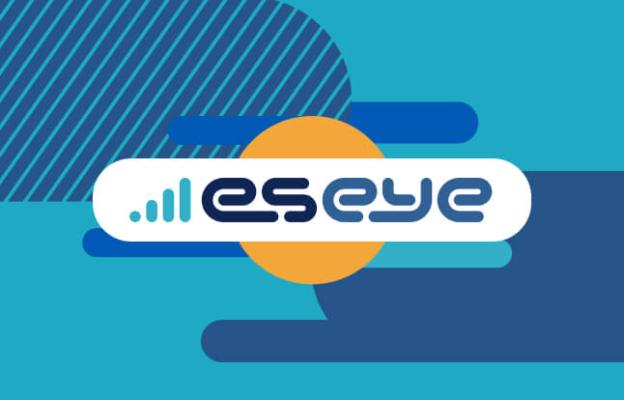
The increasing demand for clean energy and the ambitious 2030 Sustainable Development Goals (SDGs) set by all 193 U.N. Member States are driving rapid growth in the EV charging and smart grid market. Eseye‘s research indicates that 80% of respondents in the EV charging industry expect a significant increase in the number of devices in the field over the next 18 months, with 27% predicting their EV charging estates will double.
Despite being a relatively young market, the EV charging infrastructure sector must act swiftly while remaining patient. Deloitte highlights a “chicken and egg” scenario: the investment case for both EVs and EV charging infrastructure hinges on the pre-existence of the other. This dynamic means that the development of a robust charging infrastructure is essential to instill confidence in the market and support the continued uptake of EVs.
Before widespread EV adoption can occur, consumers need assurance that the EV charging infrastructure is reliable, abundant, and capable of delivering the necessary charging speeds for a stress-free experience. Connectivity is a critical factor in achieving this reliability. EV charge points must be connected for various reasons, including processing payments, reporting errors, and communicating availability to drivers. However, relying on off-the-shelf connectivity products can lead to imperfect connectivity and a maximum of 90% uptime. While this may seem high, it translates to one unnecessary delay and one frustrated customer for every ten charges. Over the lifespan of thousands of chargers, this represents a significant opportunity for improvement.
This whitepaper, “Connecting EV Charge Points with Cellular,” delves into the vital role of connectivity in the EV charging sector and underscores the importance of striving for near-100% connectivity uptime. The document is divided into two main parts:
Part 1: The Role of Connectivity in EV Charging This section explores the critical nature of connectivity in the operation of EV charge points. It highlights the various reasons why EV charge points need to be connected, from processing payments to reporting errors and communicating availability to drivers. It also discusses the limitations of off-the-shelf connectivity products, which are not designed with EV charge points in mind and thus provide only a basic solution. The whitepaper emphasizes the significant business benefits of aiming higher than off-the-shelf connectivity, advocating for a design that incorporates near-100% connectivity from the outset.
Part 2: Designing and Deploying High-Quality Connectivity The second part of the whitepaper focuses on how to effectively design and deploy high-quality connectivity for EV charge points. It provides insights into the challenges and considerations involved in achieving reliable, global connectivity and demonstrates how this approach can increase revenue from EV charge points. The document also includes practical examples and strategies for deploying connected EV chargers, ensuring seamless device-to-cloud data flows, and supporting the unique connectivity requirements of each device and application.
By understanding the limitations of standard connectivity solutions and learning how to implement robust, global connectivity, businesses can significantly enhance the performance, reliability, and revenue potential of their EV charge points. Download the full whitepaper to gain a deeper understanding of these critical insights and practical strategies for success in the rapidly evolving EV charging market.


